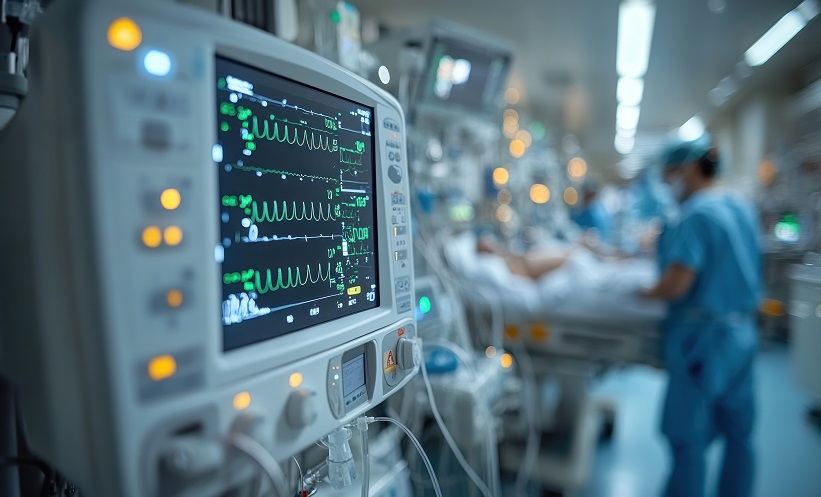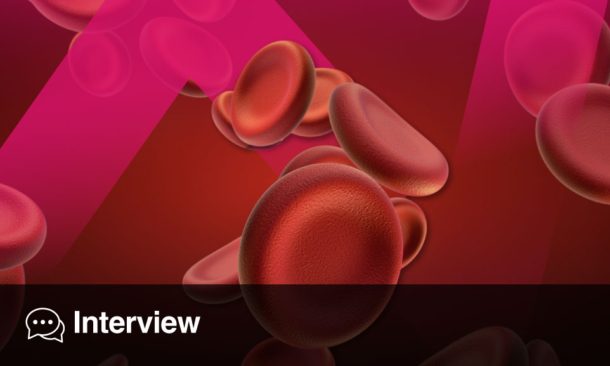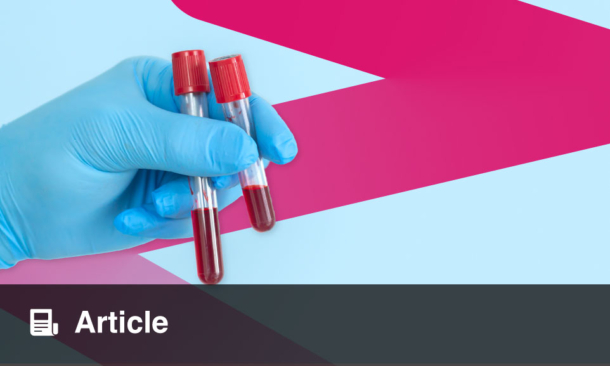Abstract
Infertility post stem cell allograft is a common event, with the frequency uncertain because the wish for pregnancy is not commonly discussed. However, it must be remembered that pregnancy requires a functioning female and male reproductive system, and what would at first seem to be the reason for infertility is not always the case.
Key Points
1. When investigating infertility, especially after a stem cell allograft, both partners need to be assessed.2. Infertility in females is not necessarily a consequence of stem cell transplantation.
3. Thorough gynaecological follow-up is essential in females post-stem cell allograft, not just for fertility issues, but for gynaecological problems.
INTRODUCTION
Stem cell allografting can be associated with many chronic issues that affect the quality of life of survivors.1,2 Younger individuals, both males and females, may have potential problems with issues of fertility.3-9 Some of these problems may actually precede the allograft and can be related to underlying disease, pre-allograft therapy, and other unrelated comorbidities. In an ideal world, the thought of fertility in survivors should be considered and discussed by the transplant team, but sometimes events are already in progress because of ongoing therapy or because delaying the transplant may be risky to the patient. From a patient perspective, a focus on surviving the problem for which the transplant is being performed may very well overshadow any other considerations. For others, pregnancy was not wanted, they are beyond the age of pregnancy, or they or their partner are on permanent birth control. Fertility preservation in females who undergo intensive chemotherapy, and in particular stem cell allografting, is a major concern for many younger individuals. The allograft can affect fertility at many points: disruption of the endocrine system; destruction of the ovaries; disruption of gynaecological structures, especially by chronic graft-versus-host disease (GvHD); and ongoing therapeutics with potentially mutagenic or teratogenic medications, to name the major players. ‘Advanced’ age at time of transplant (>25 years), transplant around the time of menarche, early menopausal symptoms from previous therapy, and the use of total body, abdominal/pelvic, or craniospinal irradiation are contributors. Needless to say, these issues are also relevant to males, a discussion beyond the scope of this article.10
CASE
This 26-year-old female presented with a nosebleed and petechiae while 16 weeks pregnant. She was found to be pancytopenic and a diagnosis of severe aplastic anaemia was made. No other risk factors were noted other than the pregnancy. Previous history was notable for an ectopic pregnancy 2 years earlier, treated with termination, with unilateral oophorectomy and a dilation and curettage. In both cases, the partner was different from the one post-transplant.
Her sister was found to be 6/6 human leukocyte antigens-identical. Options were discussed, and she elected to proceed with a bone marrow transplant after termination of her pregnancy. Conditioning was cyclophosphamide 50 mg/kg daily for 4 days and total body irradiation 300 cGy, as well as GvHD prophylaxis with cyclosporine for 12 months and methotrexate for 4 days. The course was complicated by Grade 2 acute GvHD of skin and gut, requiring steroids that subsequently resulted in avascular necrosis of both hips, requiring replacement. No chronic GvHD was observed. Birth control as hormone replacement was used for the first year and then stopped. Spotty menstrual periods resumed at about 2 years and then normalised.
She had the same partner from before her pregnancy and ongoing. She had a strong desire for pregnancy post-transplant and they continued with unprotected intercourse that was unsuccessful in this regard. Referral to fertility clinics was done but it was concluded that she was infertile due to the transplant on a background of oophorectomy for previous ectopic pregnancy. Endocrine work-up, which included thyroid stimulating hormone, follicle stimulating hormone, luteinizing hormone, and estradiol levels, was not helpful. Anti-Müllerian hormone testing was not available at that point in time. Ultrasounds at different cycle time points were not done. Fertility stimulation was not attempted by her gynaecologist.
After 15 years with the same partner, they parted ways and, shortly after, she became sexually active with a new partner. At the age of 39 years, she presented with fatigue and lower abdominal discomfort. Work-up, elevated beta-human chorionic gonadotrophin, and ultrasound confirmed that she was pregnant. Unfortunately, she was subsequently found to have a blighted ovum and the pregnancy was terminated at 10 weeks.
Subsequent attempts at pregnancy and repeat fertility assessment were unsuccessful. Six years later, she became menopausal.
DISCUSSION
Although pre-transplant fertility preservation, if desired, is the ideal, it is not always possible because of the severity of the pre-existing disease and need for prompt therapy, successful egg or embryo procurement, and the availability of this option and cost issues, let alone the patient or physician even thinking about this at a time when the transplant is needed. Previous treatment may already have rendered the female infertile. Ovarian suppression during the peri-transplant period may not be an option, although this may also help in reducing vaginal bleeding in the thrombocytopenic period.
Preventative options for all side effects post-transplant should be part of the complete process.11-13 If time and safety permit, a complete evaluation of the patient, males as well as females, should be done, and discussions of options for fertility preservation should be discussed; if possible, oocyte or embryo preservation should be attempted if requested.11-15 Options for males are also essential.16 These include semen storage, and even testicular biopsy and sperm isolation. If possible without risking transplant outcome, alternate conditioning protocols that reduce exposure to radiation can be considered.17
Often neglected, good gynaecological care in the peri- and post-transplant period is essential.18 Gynaecological chronic GvHD can result in significant structural issues as well.
With normal couples, appropriate infertility work-up includes assessment of both the male and female.19-20 This is no less true in the post-allograft situation, even if a transplant-related cause is most likely. In this case, ‘pre-conceived’ notions of infertility by the patient, transplant team, and even consulting gynaecologists, due to a transplant, became dominant, and at no time was the original partner ever assessed for possible aetiology of the infertility. Infertility is not guaranteed with a stem cell allograft, especially if the female is younger, has a reduced intensity regimen without radiation, and minimal chronic GvHD. The same is true for sterility in the male. ‘Oops’ pregnancies can occur, and if not wanted, ongoing contraception, even in the case of minimally or absent menstrual function or ‘negative’ semen analyses, should be considered. Going back to a complete basic work-up for the infertile couple is essential because sometimes the cause is not what it at first seems.
Finally, restoration of fertility may be possible.21,22 Hormonal correction, surgical correction of gynaecological structures or in vitro fertilisation, use of stored eggs, sperm or embryos, use of donor sperm or eggs, surrogacy, and even organ (uterus) or mesenchymal stem cell transplant are, or may become, options. The message here is that appropriate referral to experts in this area should be available.






